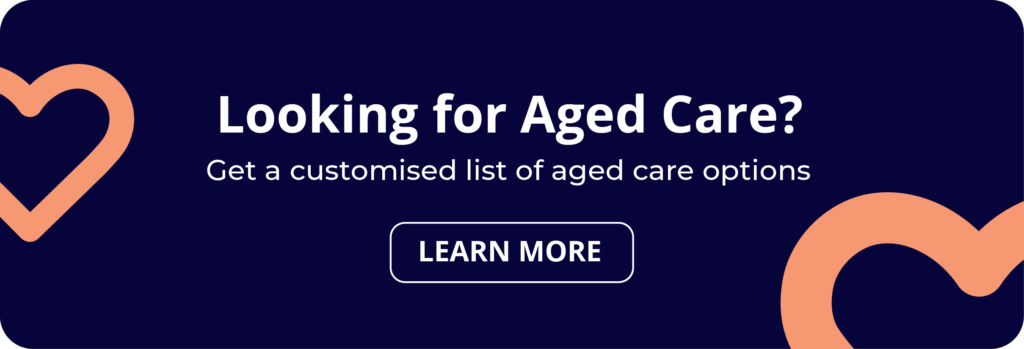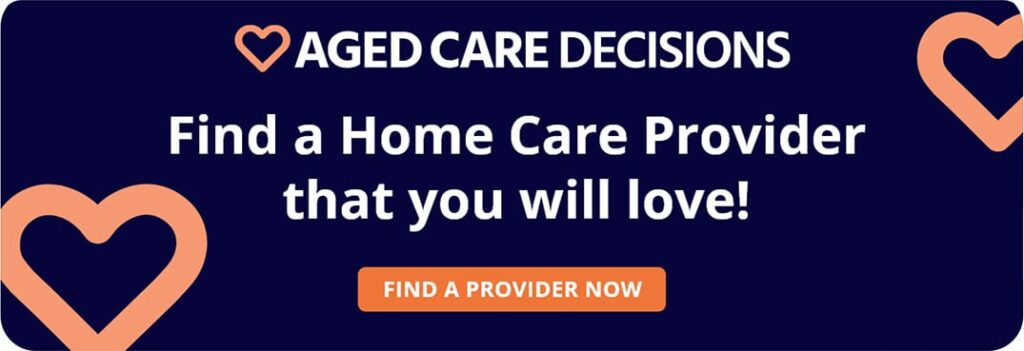For many people, the idea of growing older or living with a long-term condition often brings up the question: “Will I be able to stay in my own home?” The answer, in most cases, is yes – with the right kind of support.
In this article, we’ll explain more details about Support at Home Classification 1.

This entry-level service is designed for people who are still largely independent but may require some occasional assistance with daily activities. While the exact details can vary depending on provider, the overall purpose remains the same: to enable individuals to live safely, comfortably, and with dignity in their own homes for as long as possible.
What Is Support at Home Classification 1?
Support at Home Classification 1 refers to a basic or introductory level of home care assistance. It is intended for people with low-level needs, meaning they do not require intensive medical care or around-the-clock supervision, but may struggle with certain day-to-day tasks.
Unlike higher levels of care which may involve full personal care, daily nursing, or overnight supervision, Classification 1 is about basic support. This could mean a care worker visiting once or twice a week, or short check-ins to help with specific activities.
In simple terms: it’s just enough help to make life easier, without taking away independence.
Key Features of Classification 1 Support
While different services define Classification 1 slightly differently, most share common features:
1. Minimal Personal Care
For individuals who can mostly manage on their own but occasionally need assistance, Classification 1 care may include help with:
- Washing or bathing safely
- Dressing and undressing
- Grooming (hair, nails, shaving)
This support is usually provided in a way that encourages the person to do as much as they can for themselves, preserving confidence and independence.
Start comparing providers rightaway with a tailored report sent to you within 20 minutes. Get started here.
2. Household Assistance
Managing household chores can become difficult with age, illness, or reduced mobility. Classification 1 care often covers:
- Light cleaning (dusting, vacuuming, wiping surfaces)
- Laundry or changing bed linen
- Taking out rubbish or recycling
- Checking the home for safety hazards
These tasks may seem small but can make a huge difference in ensuring a safe and comfortable environment.
3. Meal Support
Proper nutrition is vital, yet some people struggle with cooking or remembering to eat regularly. Care workers may:
- Help prepare simple meals
- Reheat food
- Encourage regular eating and hydration
- Assist with grocery shopping
This ensures individuals maintain a healthy diet without the stress of cooking everything themselves.
4. Medication Reminders
For those who have a straightforward prescription schedule, carers can offer reminders to take medication on time. At Classification 1, this does not usually involve complex medical administration, but rather gentle prompts.
5. Companionship and Social Support
Loneliness is one of the most common challenges faced by people living alone. A short visit from a carer provides not only practical help, but also friendly conversation and reassurance. In some cases, carers may accompany individuals on a walk, to the shop, or to community activities.
6. Safety and Wellbeing Checks
Classification 1 support often involves a quick check to ensure the home is safe and the individual is well. This might include:
- Checking that heating and lighting are working
- Ensuring the person has food and essentials
- Noticing any early signs of health or mobility problems
Who Is Support at Home Classification 1 For?
Classification 1 care is designed for people who:
- Live alone or with minimal support from family/friends
- Are recovering from illness, injury, or surgery
- Have mild mobility issues or reduced energy
- Are older adults who want reassurance and occasional help
- Have mild memory difficulties but can manage most tasks independently
It’s also suitable for people who don’t yet qualify for higher levels of care, but would benefit from some extra support to maintain their independence.
How Support at Home Classification 1 Differs From Higher Levels
Support at Home services are usually tiered. Here’s how Classification 1 compares:
- Classification 1: Minimal support—light household help, occasional personal care, meal preparation, companionship.
- Classification 2: Moderate support—regular personal care, more frequent visits, support with mobility and more structured routines.
- Classification 3 and above: Intensive care—daily or multiple visits, complex medical care, possibly including overnight support.
Classification 1 is often seen as a preventive measure, helping people stay well and reducing the need for hospital admissions or premature moves into residential care.
Benefits of Support at Home Classification 1
The advantages of receiving Classification 1 care go beyond practical help. Key benefits include:
- Independence maintained: Individuals remain in control of their lives while receiving just enough assistance.
- Peace of mind: Families know their loved one is safe and checked on regularly.
- Improved wellbeing: Reduced stress from household tasks and increased social contact.
- Prevention: Small interventions help prevent accidents, malnutrition, or deterioration that could lead to higher levels of care being needed.
- Flexibility: Services can be adjusted as needs change over time.
How to Access Support at Home Classification 1
Getting started with Support at Home involves a few simple steps:
- Register with My Aged Care
Begin by contacting My Aged Care, the government’s entry point for aged care services. You can register online at the My Aged Care website or by calling 1800 200 422. - Screening and Assessment
After registering, you’ll complete a short screening. If you’re eligible, you’ll be referred for a full aged care assessment using the Integrated Assessment Tool (IAT). - Receive Your Support Plan
Once assessed, you’ll be provided with a personalised Support Plan that sets out your care needs, goals, and the services recommended for you. - Enter the Priority System
You’ll be assigned a priority rating (urgent, high, medium, or standard) based on your care needs. This new system which replaces the previous National Priority System helps make sure those with the greatest needs receive funding and services first. Your place in the queue depends on how urgent your needs are, not just when you applied. - Choose a Provider and Begin Services
When funding is allocated, you’ll have 56 days (or up to 84 days with an extension) to select a provider and sign a Service Agreement so your services can begin.
Real-Life Example
Consider Margaret, an 82-year-old living alone. She is mostly independent, but finds it tiring to cook full meals, struggles with vacuuming, and sometimes forgets to take her medication. With Classification 1 support, a care worker visits three times a week to:
- Help with meal preparation
- Do a quick clean of the kitchen and living room
- Check that medication has been taken
- Have a short chat over tea
This small amount of support enables Margaret to continue enjoying life in her own home, while her family feels reassured about her wellbeing.
At Aged Care Decisions, we help you decide the best aged care solution for your unique needs. Our service is FAST, INDEPENDENT and 100% FREE, ensuring you have the best possible support at any stage of your journey. Our friendly team will help you navigate your home care options with their extensive experience and knowledge.
Here’s how our FREE service works:







